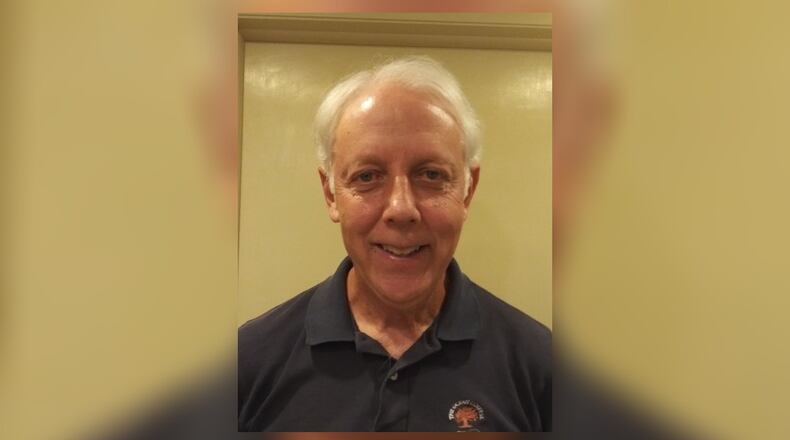Peace Corps was the brainchild of President John Kennedy. He made it part of his campaign in 1960 and then turned it into reality after he was elected. During this Cold War era, Kennedy wanted a positive American outreach to the nations of the developing world. For as long as the Peace Corps has existed, three goals have endured:
- To help the people of interested countries in meeting their need for trained men and women.
- To help promote a better understanding of Americans on the part of the people being served.
- To help promote a better understanding of other peoples on the part of Americans.
When COVID-19 descended, this important work paused. Now it is making a strong comeback and has returned to nearly 50 countries around the world. The greatest needs are in education, health, agriculture, youth development, community economic development, and environmental protection. In many cases, a four-year or two-year degree is required, and work experience in the above-mentioned fields is certainly helpful. An offshoot called Peace Corps Response engages volunteers for shorter periods of time, usually 3 to 12 months, to help primarily with disaster relief.
I knew this State Department institution had come full circle when I returned to Korea in 2013 for a Peace Corps reunion. There, in Seoul, we met the newest members of World Friends Korea, their version of our Peace Corps, which was established in 2009. Korea, which had benefitted from the American volunteers from 1966-81, was now reaching out to various countries in need. I am also proud to say that about a dozen of my former students from Chaminade Julienne High School have served as well. Several hundred former volunteers live in our immediate area, and a group called SORVO (sorvo.ohio@gmail.com) remains active, meeting four times a year and donating to multiple peace causes overseas.
If you have the qualifications, an adventurous spirit, and a desire to help others while seeing the world in a new way, contact Peace Corps through peacecorps.gov or by calling 855-855-1961 for more information. Our powerful nation needs to continue exporting and importing peace and understanding.
Jim Brooks is a retired high school English teacher who writes, coaches tennis, and tutors immigrants.
About the Author
